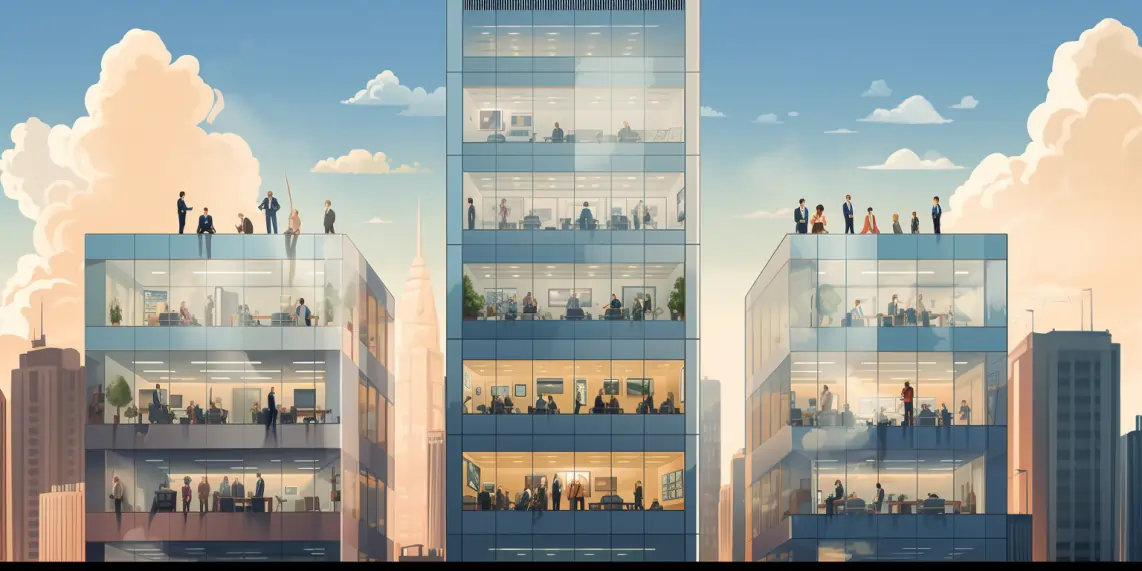Boundaries!
It is teenagers and college students who seem to be most apt to challenge rules and push social boundaries, especially those we consider to be creative types. Creatives seem to be on the outside of the boundaries their whole lives. And, why not? Creativity should know no boundaries? Right?
However, if you take a closer look, creativity thrives on what might be considered boundaries. And I believe that the reason youth and creatives seem to always be pushing boundaries is because they are actually trying to explore the “boundaries” they find themselves in. Metaphorically speaking, it’s as though they are in a dark room and have to feel their way around to find where everything is…Only finding the boundaries or obstacles when they bump up against them. And often, they push and expand these boundaries. They may even find a doorway to new way of thinking.
This is not a ground-breaking insight. Just do a little Googling and you’ll see that creativity might be described in terms of boundaries…the stage for an actor, the canvas for a painter, guitar for a musician, tempo, genre, etc. Defining boundaries reduces choices and allows an artist, designer, musician, actor, etc. to focus on their craft and embellish what they do well.
Recently, I have been guest lecturing at the College of Architecture at Illinois Institute of Technology…to creative types. This semester the students happen to be studying furniture design. FYI…Architects like to design chairs when they are not designing skyscrapers. In this class, they are required to design and construct a “functional object.” In other words, furniture and most likely a chair, but they get to decide the final object.
So, in the first lecture I told them the story about Amos Winter. An MIT PhD., Amos Winter re-designed the wheelchair for the disabled in developing countries.
I should note that in developing countries, most people live in rural and rugged terrain. They do not have many resources (i.e. money). It is difficult to get repairs and spare parts for anything, let alone wheelchairs. Often, people must travel 5 km for work. Do you see where I am going with this? These are the boundaries or, as Amos Winter calls them, constraints for the re-design of the wheelchair.
These constraints didn’t render it impossible to design a wheelchair. To the contrary, the constraints inspired Amos to come up with innovative solutions. And here is where I want to digress and take you back to the Architecture Class. I want to take issue with the term constraint or boundary as a basis for creativity.
What happens when you give anyone a constraint? They resist. And as you can imagine, the Architecture Class has been resistant to defining their design constraints or boundaries. Many have been skirting around the issue and falling behind. Those who have defined their design “constraints” or “boundaries” are now on to sketching their “functional objects,” but those who have not are starting to become frustrated.
And the clock is ticking!
For those who have not defined their constraints, what they don’t consciously understand is that they are still creating them: Time. A deadline is the easiest constraint to create. This is often the “constraint of choice” because the closer a deadline, the more panic is felt. The panic is then turned into inspiration. And, voila! Creativity.
Over and over again, I see this happen. I have thoroughly explained the need for constraints or boundaries to the class just as I have to many professional colleagues over the years. However, here is where I want to make a change in direction…or more specifically, language. The word constraint or boundary brings up negative feelings of imprisonment. People want to feel free and inspired…especially, creatives. And they certainly do not want to “build their own prison, fence themselves in or paint themselves into a corner,” so to speak.
Upon talking to a several students outside class, I realized what the correct nomenclature should be. Boundaries or constraints are not the right words to use when asking people to create. Creativity is an emotional endeavor. We need to speak to emotions when dealing with creativity and, for that matter, innovation. This is where leadership should be inspirational and not directive. Creatives naturally want to explore and, through that exploration, find inspiration for their creativity.
Only in retrospect and after “connecting the dots,” do we see that the exploration has resulted in a series of [design] constraints or boundaries for the final concept or business model.
So, don’t “fence in” your innovation teams by telling people to develop their [design] constraints. Enable them to explore and find inspiration; inspiration for what can be, not constraints for what cannot be.
Also, to correct the misinformation I intentionally gave earlier, the stage, canvas, guitar, tempo and genre are actually mediums for creativity, not boundaries; think of them as doorways that enable artists to create another reality.
Remember, it is actually inspiration that fuels creativity because without it, there would be no great play, beautiful painting or wonderful music.






